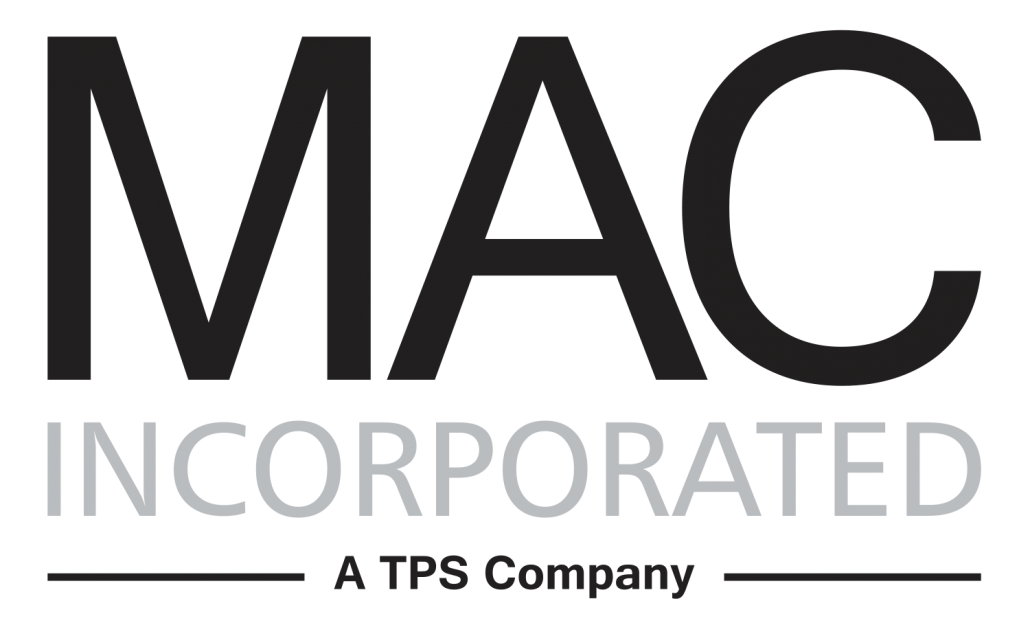OSHA Overview: What are the Requirements on Workplace Hose Systems?
Under the Fire Protection subpart of the Occupational Safety and Healthy Administration’s regulations (1910.158), there are specific requirements regarding workplace fire hose systems. The section applies to all small hose, Class II and Class III standpipe systems installed to meet the OSHA requirements. As an employer, it’s important to ensure that standpipes are located or protected against mechanical damage and within the regulations of the OSHA. Highlighted below are the equipment, testing, and maintenance requirements you need to know in order to be compliant.
Equipment
Reels and cabinets: The employer should ensure that any reels and cabinets provided to contain the fire hose are designed to facilitate prompt use of the hose, hose valves, and other equipment in the event of a fire or other emergency. The reels and cabinets must be clearly identified and only used for fire equipment.
Hose outlets and connections: Hose outlets and connections must be located high enough above the floor to avoid being obstructed and to be accessible to employees. The employer should standardize screw threads or provide appropriate adapters throughout the system to assure that the hose connections are compatible with those used on the fire equipment.
Hose: Every 1 1/2 inch or smaller hose outlet must be equipped with a hose connected and ready for use. In extremely cold climates where such installation may result in damaged equipment, the hose may be stored in another location as long as it is readily available and can be connected quickly when needed.
Systems installed after January 1, 1981, for use by employees, must be equipped with a lined hose. Unlined hose may remain in use on existing systems. The hose should be of such length that friction loss resulting from water flowing through the hose will not decrease the pressure at the nozzle below 30 psi (210 kPa).
Water supply: The water supply for standpipe and hose systems, which are provided for the use of employees, must be sufficient to provide 100 gallons per minute (6.3 l/s) for a period of at least thirty minutes.
Tests
The piping of Class II and Class III systems installed after January 1, 1981, including yard piping, should be hydrostatically tested for a period of at least 2 hours at at least 200 psi or at least 50 psi in excess of normal pressure when such pressure is greater than 150 psi. The employer should also ensure that the system is hydrostatically tested with couplings in place, at a pressure of no less than 200 psi before it is placed in service. This pressure shall be maintained for at least 15 seconds and not more than one minute during which time the hose shall not leak nor shall any jacket thread break during the test.
Maintenance
The water tanks should be kept filled to the proper level except during repairs. When pressure tanks are used, the employer must assure that proper pressure is maintained. The valves in the main piping connections to the automatic sources of water supply should also be kept fully open at all times except during repair.
Hose systems must be expected at least once annually and after each use to ensure that all of the equipment is in place, in serviceable condition, ready to use. The employer must also assure that hemp or linen hose on existing systems is un-racked, physically inspected, and re-racked using a different fold pattern at least annually. Trained persons should be designated to do all inspections.
At MAC Incorporated, the health and safety of employees is our top concern. For more information on the OSHA guidelines visit osha.gov.
MAC Incorporated is a niche-based recruiting and staffing firm that specializes in the placement of engineering, maintenance, and operations management professionals. If you’re looking for customized staffing solutions for your organization, contact us today to see how we can provide you with the top talent in the industry.

